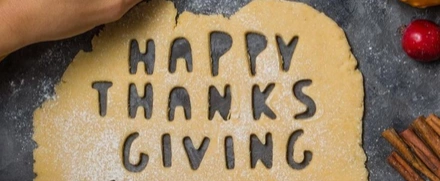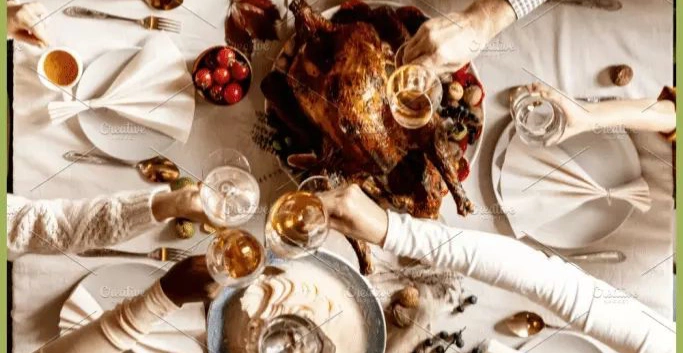Thanksgiving: Traditions, History, and the Meaning of the Holiday
Thanksgiving is one of the most important holidays in the United States and Canada, celebrated on the fourth Thursday of November in the U.S. and the second Monday of October in Canada. It is not just a date on the calendar — it is a symbol of gratitude for harvest, abundance, health, and family.
🌽 Historical roots
The holiday traces back to the 17th century, when the first European settlers, after enduring hardships and hunger, celebrated their first successful harvest with a feast shared with Native Americans. They gave thanks for survival, for help, and for hope. Over time, this tradition became a cornerstone of national culture.
🦃 Symbols of the holiday

The central symbol of Thanksgiving is the turkey, traditionally served with mashed potatoes, sweet potatoes, corn, cranberry sauce, and pumpkin pie. Yet, these dishes represent more than food — they symbolize abundance, care, and family unity.
👨👩👧👦 A holiday of family and togetherness
Thanksgiving is the day families gather around the table. In a modern world full of hurry and distractions, the holiday reminds us of the importance of connection and support. People express gratitude for the past year, for their friends, for love, and for the chance to be together.
💖 Gratitude and good deeds
The meaning of Thanksgiving extends beyond the home. Many communities organize free meals for those in need, run charity events, and support the less fortunate. This spirit of kindness makes the holiday even more profound.

🎉 Modern traditions
Today, Thanksgiving is also marked by parades (most famously Macy’s Parade in New York), football games, and, of course, the beginning of the holiday shopping season with Black Friday. But despite new customs, the essence remains unchanged — gratitude and unity.
✨ Thanksgiving is a celebration that reminds us: to value what we have and to share kindness with others is true strength.
Close